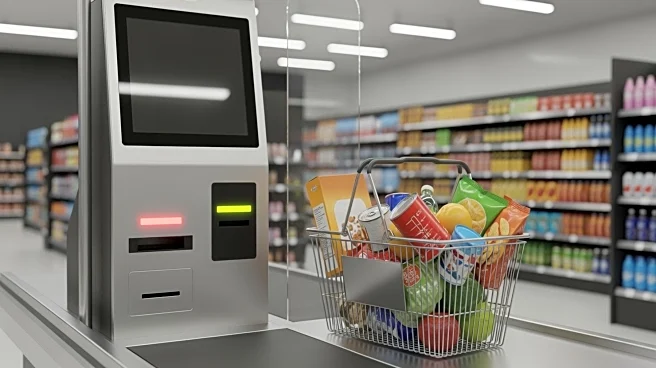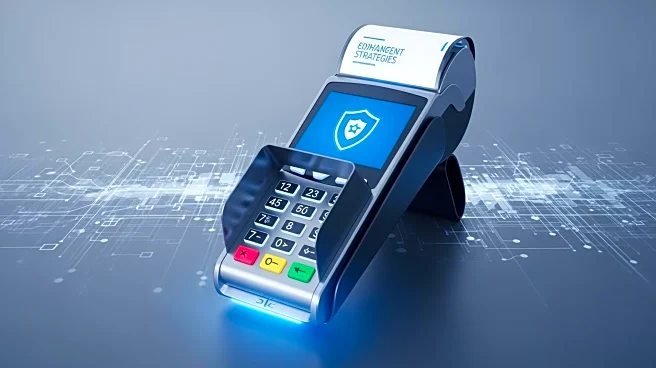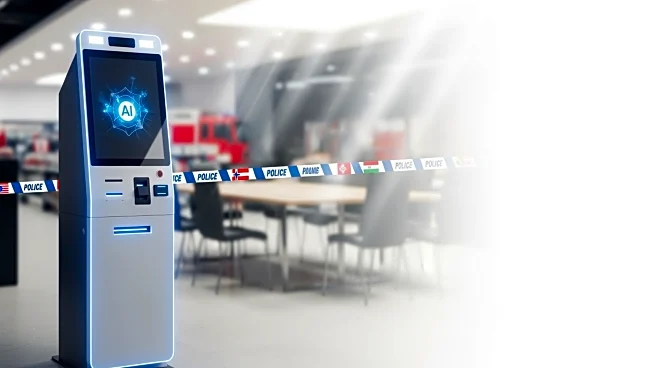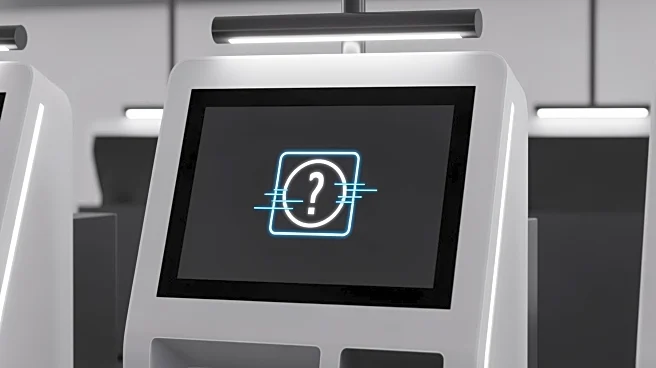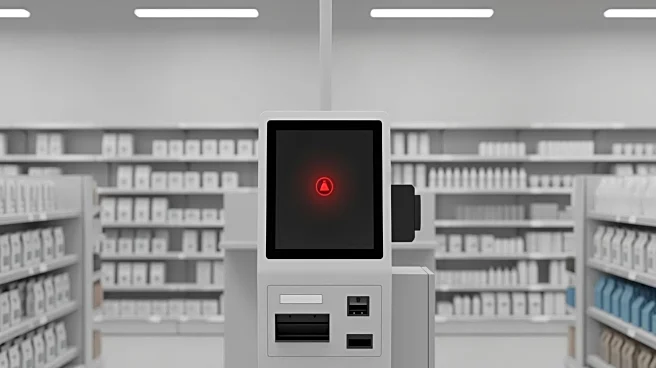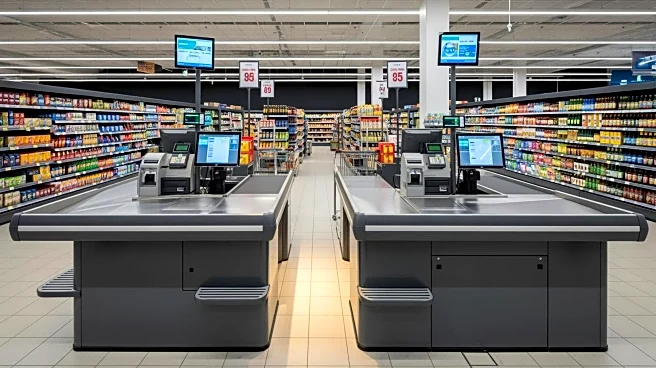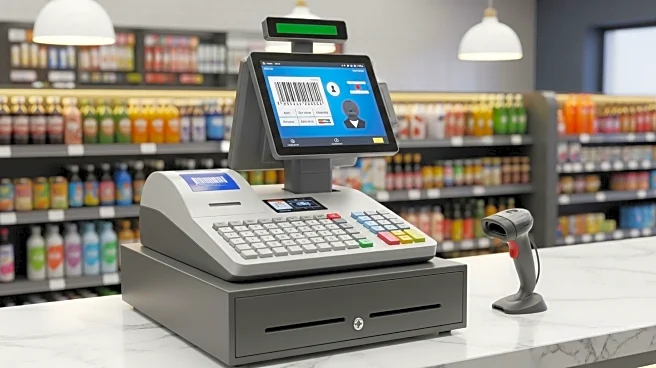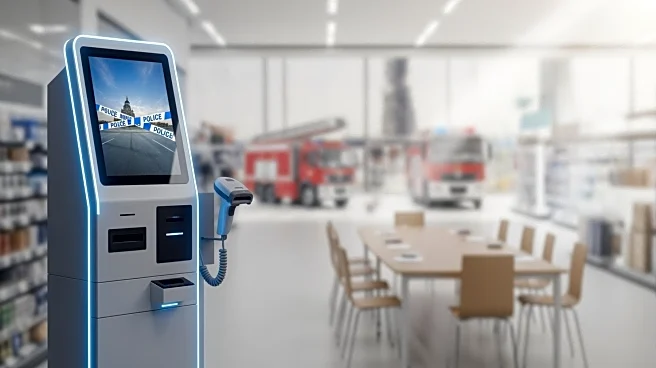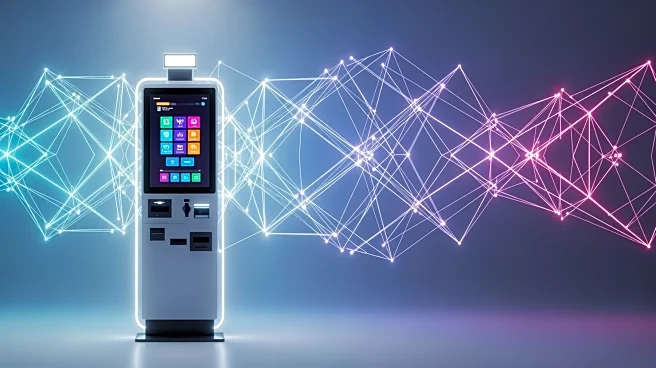What's Happening?
A retail worker recently observed a customer exploiting the self-checkout system by scanning only a fraction of her items before leaving the store. The incident occurred when the worker noticed the customer with a full cart at the self-checkout, but without
using any bags. Upon further investigation, it was revealed that the customer had only scanned items worth approximately $10, despite having around $60 worth of goods in her cart. This situation has sparked discussions about the effectiveness and security of self-checkout systems, which are increasingly common in retail environments. The worker expressed concerns about the potential for theft and the challenges in monitoring self-checkout areas effectively.
Why It's Important?
The incident underscores the vulnerabilities inherent in self-checkout systems, which are designed to offer convenience but can be susceptible to misuse. As retailers continue to adopt these systems to reduce labor costs and improve customer experience, the risk of theft and loss becomes a significant concern. This could lead to increased costs for businesses, which may ultimately be passed on to consumers. Additionally, the reliance on technology over human oversight raises questions about the balance between efficiency and security in retail operations. The broader implications may include a reevaluation of self-checkout systems and the implementation of more robust security measures to prevent similar incidents.
What's Next?
Retailers may need to consider enhancing security measures around self-checkout areas, potentially through increased surveillance or improved technology that can better detect discrepancies in scanned items. There may also be discussions about redesigning self-checkout systems to minimize opportunities for theft, such as requiring bagging or implementing weight checks. As the debate continues, retailers will likely explore various strategies to safeguard against losses while maintaining the convenience that self-checkout systems provide. Stakeholders, including retail associations and technology providers, may collaborate to develop solutions that address these challenges.
Beyond the Headlines
The incident highlights ethical considerations regarding consumer behavior and the trust placed in self-service technologies. It raises questions about the societal impact of technology-driven retail environments and the potential erosion of accountability. As self-checkout systems become more prevalent, there may be cultural shifts in how consumers perceive shopping and the responsibilities associated with it. This could lead to broader discussions about the role of technology in everyday transactions and the importance of maintaining ethical standards in increasingly automated environments.
